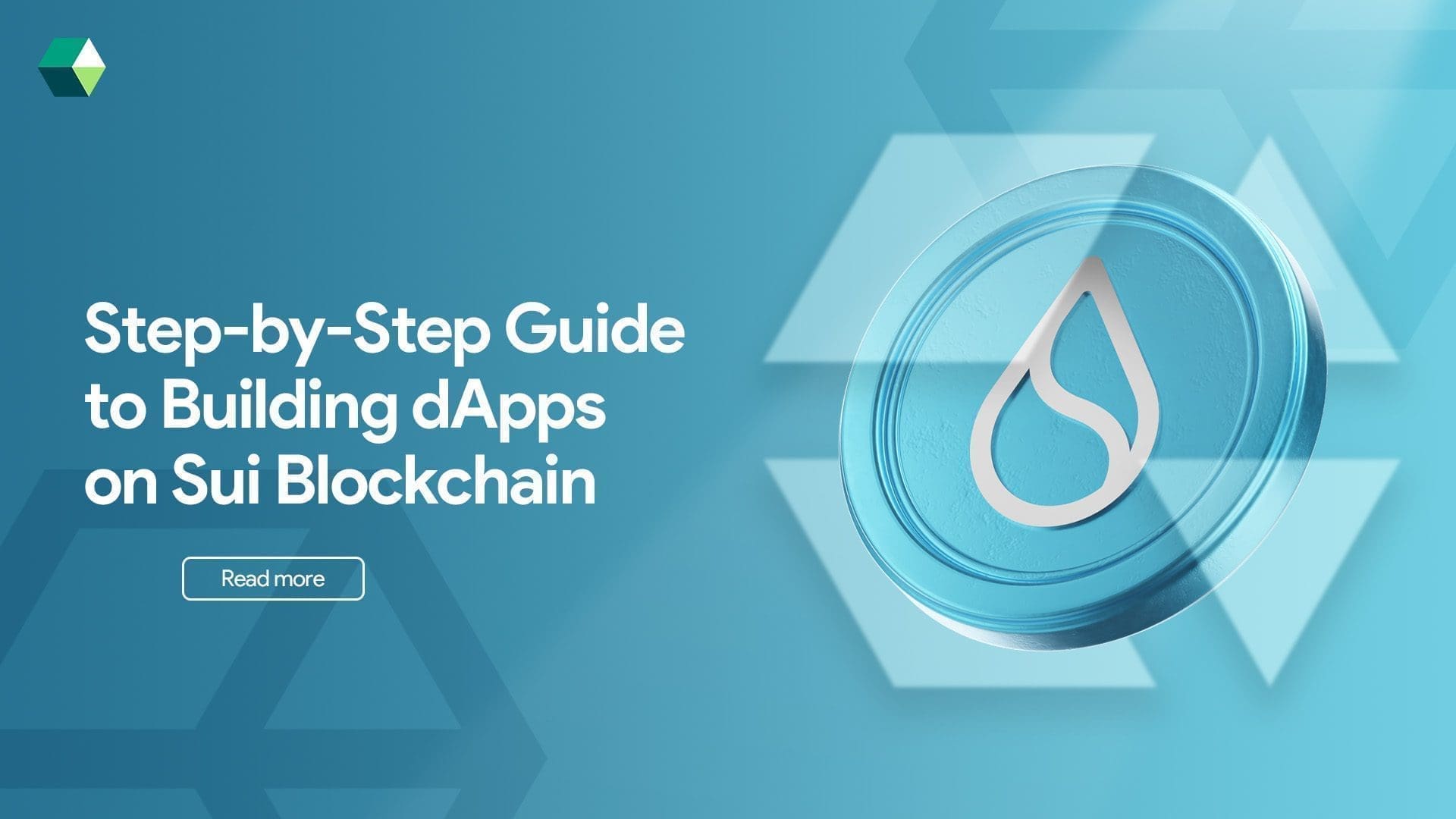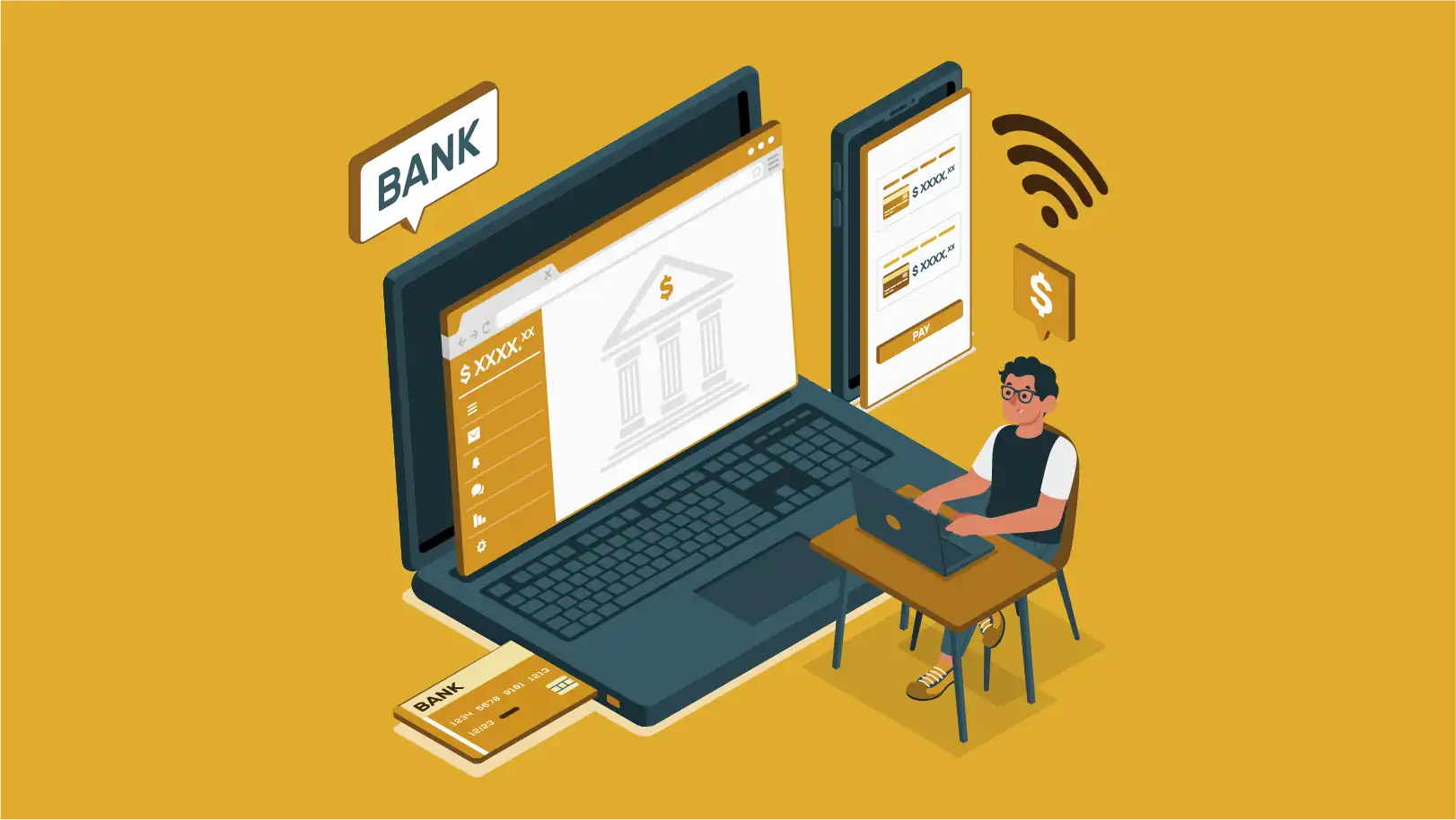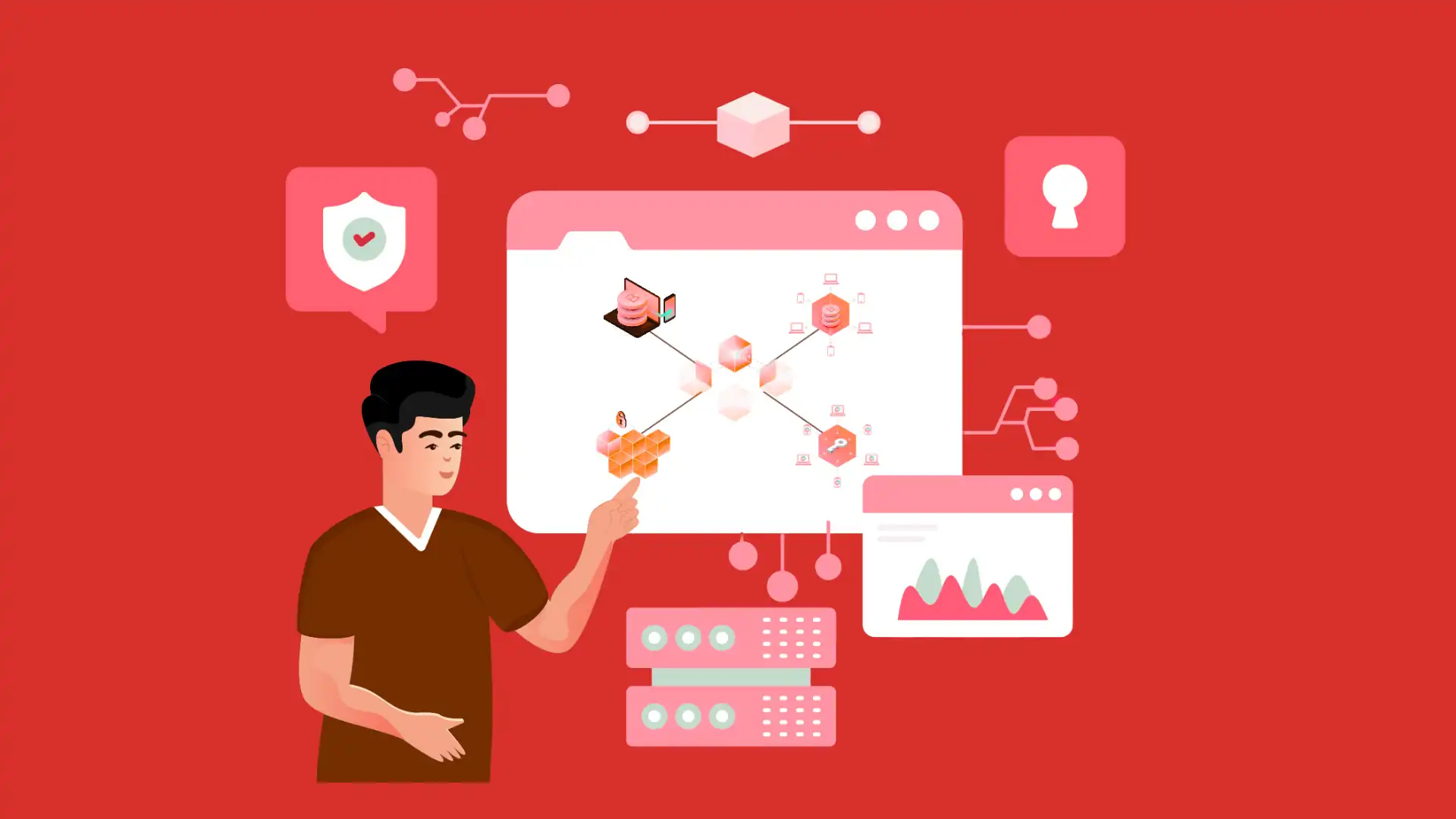
The Sui Blockchain is an innovative Layer-1 blockchain engineered to handle fast transactions, scalability, and support for developer innovation. The Move programming language, which powers Sui, introduces an object-centric model to streamline transaction processes.
Nadcab Labs builds dApps on next-generation blockchains such as Sui. Our experienced developers handle the latest tools and protocols to assist companies with ease in launching secure, scalable, and high-performance Web3 applications.
What is Sui Blockchain?
The Sui Blockchain is a next-generation Layer-1 protocol designed to provide speed, scalability, and security in decentralized upgradeable systems. Unlike traditional blockchains that process transactions one by one, Sui’s groundbreaking architecture is capable of processing thousands of transactions at a time to meet the demands of performance-based decentralized applications and services. Sui is designed for anyone looking for a reliable and forward-thinking blockchain project; Sui exists as a true game changer in the blockchain industry.
Sui Blockchain is built by the ingenious team of engineers at Mysten Labs with the Move programming language, which aims to solve blockchain problems relating to security, performance, and simplicity. Sui offers low fees, instant finality, transaction parallelism, and a diverse suite of applications such as DeFi, gaming, NFTs, and digital identity. Nadcab Labs is ready to help your business develop the full potential Sui Blockchain has to offer.
Key Features of Sui Blockchain
Before diving into development, explore the game-changing features that make Sui the preferred choice for cutting-edge dApp design and deployment:
- Blazing Scalability – Sui’s parallel transaction execution processes multiple transactions simultaneously, reducing congestion and boosting efficiency.
- Ultra-Secure Object-Centric Model – Unlike traditional blockchains, Sui treats assets as objects, ensuring tamper-proof tracking and enhanced security.
- Wallet-Friendly Low Fees – Optimized gas usage means transactions are cost-effective for everyone.
- Lightning-Fast Finality – Transactions confirm within seconds, guaranteeing a seamless and responsive user experience.
- Military-Grade Security with Move – The Move language prevents asset duplication and guarantees smart contract integrity.
Pro-Grade Developer Tools – Intuitive SDK, CLI tools, and powerful APIs simplify building and deploying dApps.
Build and Deploy dApps on Sui Blockchain!
-
Step 1: Set Up a Rock-Solid Development Environment
Before you start, ensure your tools are ready for success. Since Sui’s smart contracts are written in Move — built on Rust — installing Rust is your first step. Next, get the Sui Command Line Interface (CLI) to interact confidently with the blockchain. Setting up a local full node lets you test and debug contracts thoroughly before launching on the network. Having this robust setup in place will make your development process smooth and efficient.
-
Step 2: Master the Brilliant Logic of Sui Smart Contracts with Move
Sui smart contracts operate differently from Ethereum’s Solidity. Instead of accounts, Sui uses an object-based model where assets are unique objects — making ownership tracking foolproof and preventing duplication. The Move programming language adds a critical layer of security by ensuring assets cannot be lost or copied fraudulently. Mastering Move’s module-based design is essential before you start coding your smart contracts.
-
Step 3: Seamlessly Deploy Battle-Tested Smart Contracts on Sui
After writing your smart contract, thoroughly test it locally for bugs and efficiency. Once refined, deploy on Sui’s Devnet — a public test environment where you can see your contract perform under real conditions. If all works flawlessly, launch on the Mainnet, where your contract becomes live and fully operational. Deployment is a critical milestone that determines your contract’s success.
-
Step 4: Craft a Stunning Frontend That Delivers Real Impact
Your dApp’s smart contracts need a user-friendly interface. Build a beautiful, interactive frontend using popular frameworks like React, Vue.js, or Angular. The Sui SDK connects your frontend to the blockchain, fetching real-time on-chain data for your users. A well-designed frontend not only enhances user experience but also drives widespread adoption.
-
Step 2: Understanding Sui Smart Contracts with Move
Smart contracts in Sui work differently from those in Ethereum. Instead of using an account-based model like Solidity, Sui operates with an object-based model. This means assets and tokens in Sui are represented as objects with unique properties, making it easier to track ownership and prevent duplication. Move, the programming language for writing these contracts, ensures that assets cannot be duplicated or lost, adding an extra layer of security. Before writing any smart contract, it’s crucial to understand Move’s module-based structure and how it handles digital assets.
-
Step 3: Deploying Smart Contracts on Sui
Once you’ve written your Smart contract, it needs to be deployed on the blockchain. It’s always a good practice to test the contract locally first. After debugging and refining your code, you can deploy it on Sui’s Devnet, which is a public test environment. Here, you can see how your contract behaves in real-world conditions. If everything runs smoothly, the final step is deploying it to the Mainnet, where it becomes fully accessible and operational. Deployment is a critical phase, as it determines the success and efficiency of your smart contract.
-
Step 4: Building a Frontend for Your dApp
A dApp isn’t just about smart contracts; users need an interface to interact with it. The frontend is where users will connect their wallets, send transactions, and view on-chain data. You can use popular web development frameworks like React, Vue.js, or Angular to build an interactive user interface. The Sui SDK helps link your frontend with the blockchain, allowing it to fetch real-time data from smart contracts. A well-designed frontend improves user experience and increases adoption.
-
Step 5: Integrating Wallet Support
Users need a wallet to interact with your dApp, sign transactions, and manage their assets. Sui supports several wallets, including its native Sui Wallet and third-party options like Martian Wallet. Integrating wallet support is essential for security and user convenience. Make sure your dApp provides an easy way to connect and disconnect wallets while maintaining security. Good wallet integration ensures that users can smoothly interact with your application without friction.
-
Step 6: Testing and Deploying Your dApp
Before launching your dApp on the Mainnet, thorough testing is essential. Start with local testing to catch any initial bugs, then move to Devnet for broader testing. This helps you check for performance issues, security vulnerabilities, and transaction efficiency. Optimizing gas usage is also important to keep transaction costs low. Once everything is working perfectly, deploy your dApp to the Mainnet, making it available to users worldwide. Regular monitoring and updates are necessary to ensure smooth operation and security over time.
Join the Sui Ecosystem – Build Today!
The realm for blockchain innovation is expanding and it’s using the Sui Blockchain as its vehicle. Sui encompasses parallel transaction processing, object-centric programming, and developer-friendly tools that continue to innovate the way decentralized applications (dApps) can be constructed, giving us speedy transactions, scalability, and super low costs — perfect for modern DeFi applications, NFT marketplaces, and enterprise-grade Web3 solutions, so businesses may create more efficient user-centric dApps without sacrificing speed or security. Whether you want to launch a DeFi platform, create an NFT marketplace, or build a custom blockchain-based application, our expert developers guide you through every stage
At Nadcab Labs, we enable you to leverage the ideas behind Sui Blockchain development with end-to-end services, ranging from designing and creating smart contracts to full-on dApp deployment. Our team makes sure your project is secure, scalable and readied for the world. Whether you are building a DeFi platform, launching an NFT marketplace, or exploring a custom Web3 application or innovation, Nadcab Labs is your partner for building the future of decentralized technology.






